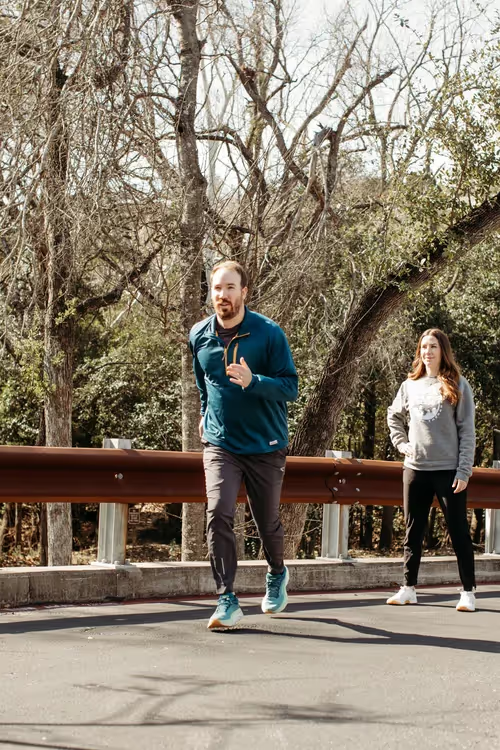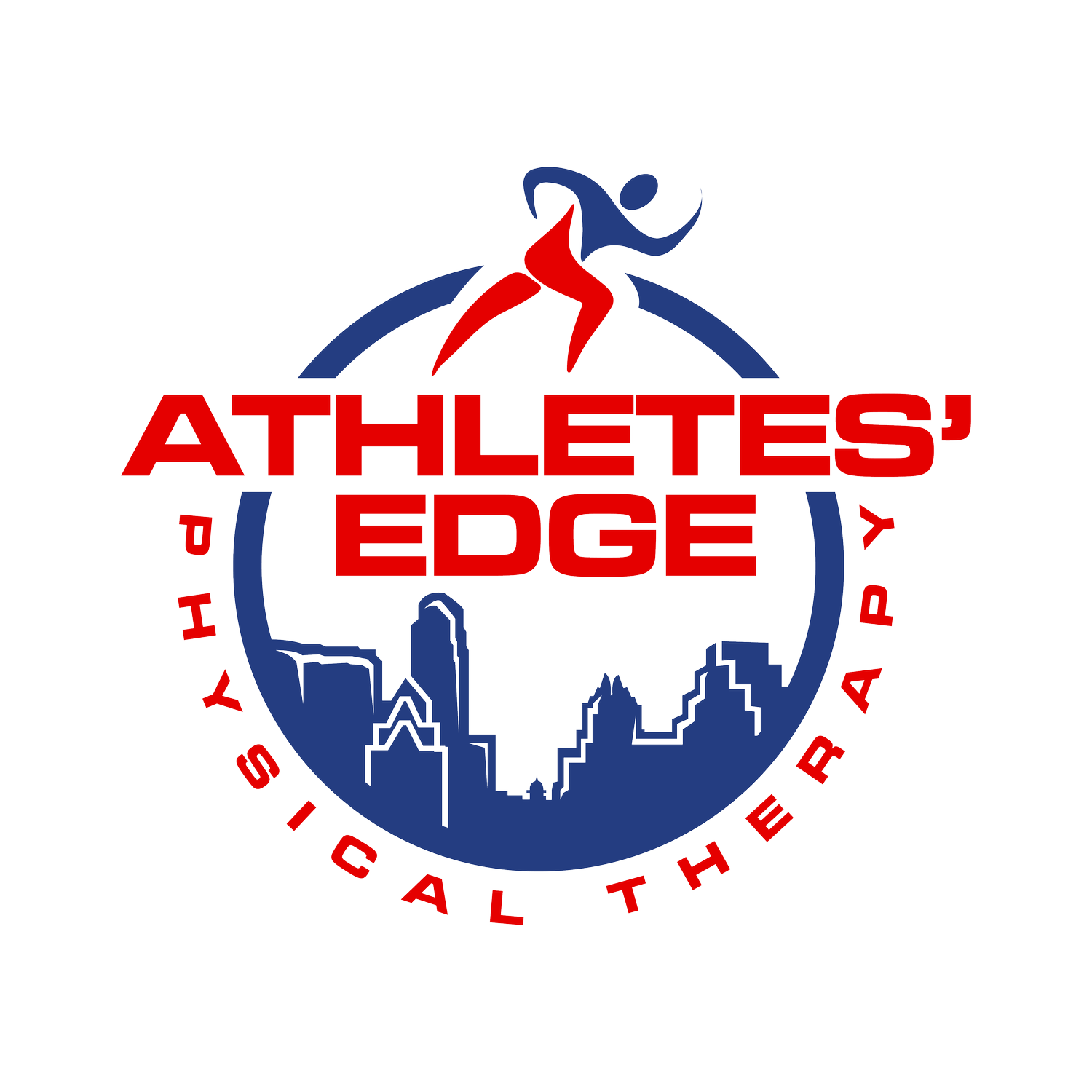Why Sprinting Matters as We Age — A Physical Therapist’s Perspective

As a physical therapist, one of the most powerful tools I encourage my patients to reclaim—especially as they age—is the ability to sprint. While it may sound like something reserved for athletes or younger adults, sprinting offers a unique combination of benefits that support long-term health, functional independence, and resilience.
Sprinting Preserves Fast-Twitch Muscle Fibers
- As we age, we naturally lose muscle mass and strength, particularly in the fast-twitch muscle fibers responsible for explosive movement. Sprinting directly engages these fibers, helping to maintain speed, power, and reaction time—critical elements in fall prevention and overall mobility.
Sprinting Enhances Joint Health and Bone Density
- Short, intense bouts of sprinting place healthy stress on bones and joints, which stimulates bone remodeling and helps combat age-related bone loss. It also improves tendon and ligament resilience when performed with proper form and progression.
Sprinting Improves Cardiovascular and Metabolic Health
- Compared to steady-state cardio, sprint intervals demand more from your cardiovascular system in less time. This improves heart health, boosts VO₂ max, and helps regulate blood sugar—important for managing or preventing conditions like diabetes and hypertension.
Sprinting Reinforces Athleticism and Confidence
- The ability to accelerate quickly and change direction gives aging adults a sense of control and confidence in everyday life. Whether it's keeping up with grandkids, reacting to a misstep, or participating in recreational sports, sprint capacity is a marker of physical competence.
How to Start Safely
- Sprinting doesn’t mean going all-out on day one. We often begin with short acceleration drills, hill sprints, or resisted marching, progressing to true sprints only when the body is ready. A proper warm-up, strength foundation, and progressive loading are essential to avoid injury.
Bottom line: Sprinting isn't just for athletes—it's an essential human skill. Done safely and smartly, it can help keep us strong, fast, and independent as we age. If you're unsure where to begin, consult a physical therapist who can tailor a program to your needs.

